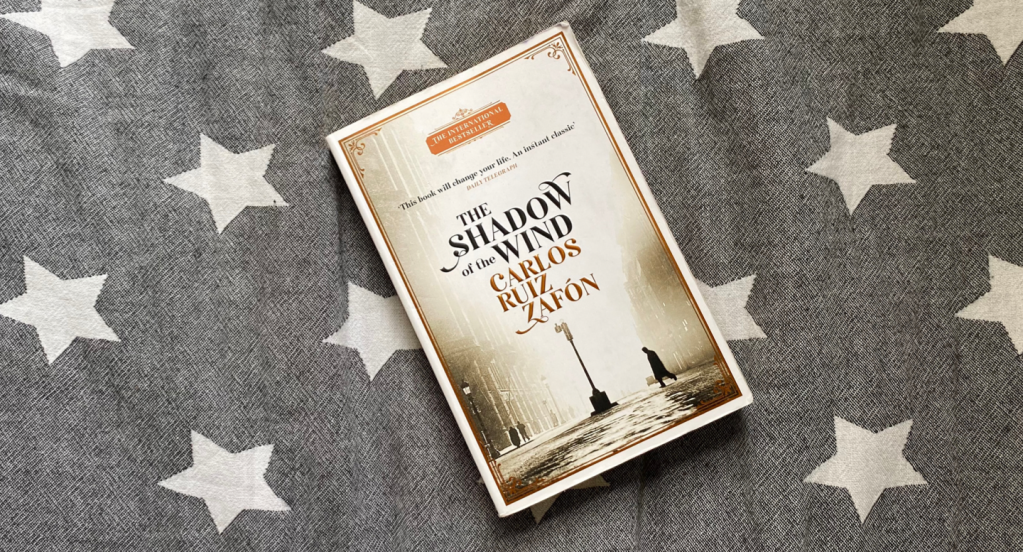It’s been a while since anything – literary or otherwise – has really inspired me to write. Even longer since I can say a story has really gripped me and offered something a little different to my normal library fare.
The Shadow of the Wind did both of those things. Sure it’s one of the bestselling books of all time, but it’s not something I would have chosen for myself. However, like I’m sure another 15 million or so readers, this book had me hooked from start to finish. Safe to say, when the blurb said this is a book for book lovers, it wasn’t lying.
Amongst many other things, it’s a novel about the power of novels; their power to elicit emotions, conjure new worlds and to transport the reader to a different time and place.
This literary inception is my favourite thing about The Shadow of the Wind (even though it’s making it more difficult than usual for me to articulate my thoughts). We’re warned this is going to be a complicated story from the outset. The labyrinthine Cemetery of Forgotten Books symbolises the equally labyrinthine collection of interwoven stories that we’re about to read.
Of course, to lose ourselves within the novel is it’s aim, and it achieves this by total immersion at every level. In the frame narrative (the novel’s “present”) our protagonist, Daniel, is immersed in the fictional The Shadow of the Wind. His passion for the novel sparks in him a love of literature, as well as a curious, if not obsessive, nature and a fierce sense of loyalty to the author, Julian Carax.
And of course, his immersion becomes our immersion. Whilst we never actually read the fictional The Shadow of the Wind, we become embroiled in the drama that inspired its conception and the drama that it causes in Zafon’s novel’s present.
However, to say this is a novel about novels is only scratching the surface. Fundamentally, The Shadow of the Wind is a social commentary, covering history, society, humanity and above everything else, relationships. Father-son relationships, friendships and romantic attachments form the central threads of the story, underpinning every twist and providing the answers to every mystery.
However whilst relationships good and bad have their place in The Shadow of the Wind, it’s the failed and toxic relationships that are the real driving force – particularly those between men. And when you take that into consideration, the historical backdrop of the novel is all the more interesting.
It’s no coincidence that the key events of the novel take place during and immediately after the Spanish Civil War. The bloodlust and violence of one of Europe’s most devastating conflicts is played out on a micro-level, largely personified by the psychopathic Javier Fumero. Fumero’s relationships, with both men and women, are hugely toxic and he is fuelled by rage, jealousy and an insatiable desire to watch the world burn. His distinct lack of humanity combined with his success during the war is, I think, a direct commentary on the inhumanity of the conflict.
On a more hopeful note, Fumero’s ultimate demise signals a victory for Barcelona. It hints at recovery and rebirth for the city, as does Daniel’s happy ending. Up until the end of the novel, Daniel’s story mirrors the tragedies that befall Julian Carax, as if he is literally reliving history. Daniel, who symbolises the next generation of Barcelona, is excused from his military conscription and escapes the heartbreak of the Romeo and Juliet ending of the Julian narrative.
Just like in The Cemetery of Forgotten Books, The Shadow of the Wind has so many secrets to uncover and even more stories to tell. I’ve finished this blog with a distinct feeling that you could reread The Shadow of the Wind a million times and never find the same novel twice.

Leave a comment